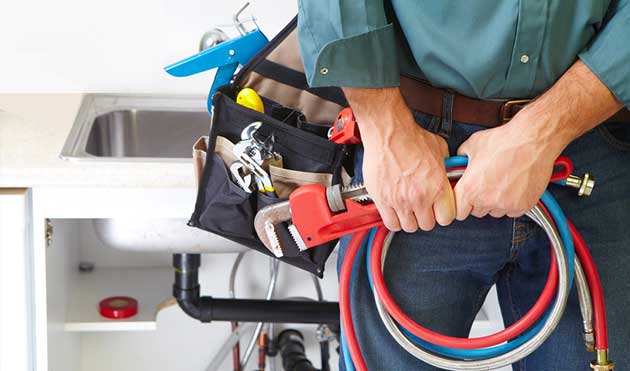
What is a sump pump
A sump pump is a device that can protect your basement from water leakage. The installation of a sump pump is not too difficult but it can be crucial in protecting your basement. Since your basement is underground, it’s walls and floors are exposed to any potential groundwater penetration. This makes your basement an easy target for heavy rainfall; as rainwater can go throw your basement walls and into your home. By installing a sump pump, you can prevent this from happening.
How does a sump pump work?
The sump pump connects to all of the drains upon installation. It is installed in a basin/pit to direct the water away from your home.This will allow it to repel all of the outdoor groundwater. The pump kicks into action when there is enough water in the pump basin/ pit. If the water level is high, the pump kicks into action and directs the water to pump through an outdoor pipe in a discharge line. From here, the excess water will go to an allocated area such as a pond or a well. This allocated area will be chosen by the homeowner and it will be 10-20 feet away from the home’s foundation.
What are the types of sump pumps?
The majority of the sump pumps fall into two categories: submersible and pedestal. The submersible pump lie within the water basin, while the pedestal pumps lie outside of the basin.
- Submersible:
- The submersible pump carries the pump and motor in one unit. By being one unit, the pump takes up little space and is not as noisy as the pedestal pump. However, they will not last as long as other pumps, even if they are the most effective in countering flooding.
- Pedestal:
- The pedestal sump pump carries a separate motor and pump. The pump is installed in the basin, while the motor is installed above it. The pump can transport water through the hose and into the allocated drain area. However, it will take up more space and create more noise compared to the submersible pump.
The less common types of pumps are:
- Battery-operated backup: uses a float switch to transport water, even when the main power is out
- Water-powered backup: does not use batteries, uses water to clear the excess water from your basin.
- *some cities may not allow this installation
How much would a sump pump cost?
The cost factors of a sump pump include:
- The type of pump
- Your basement material
- The drain area from your house
- Permits
- Hiring a professional for inspection
You should avoid conducting sump pump installation if you are unfamiliar with the process. An inefficient installation will lead to a possible sump pump failure or even possible property damage. Contact Aqueduct Plumbing for us to begin your sump pump installation today.